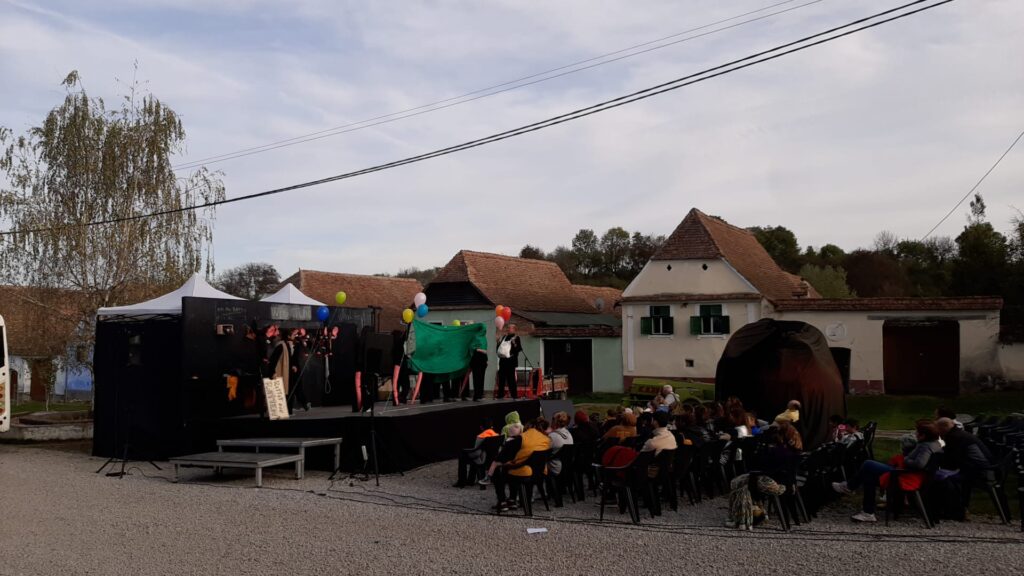Viscri is a village located in Brasov county in Transylvania, Romania. It is known for its natural beauty, traditional architecture and rich history, especially related to the Saxon population.
The Saxons are an ethnic German community that migrated to Transylvania in the 12th-13th centuries at the invitation of the Hungarian king to colonise and develop the region. In Viscri, as well as in other localities in the area, the Saxons built fortified villages (known as “fortified churches”) to protect themselves from invasions.
In Viscri, the fortified church is one of the best preserved in Transylvania and was included in the UNESCO World Heritage List in 1999. It serves as a symbol of the Saxon community and their history in the area.
After World War II and during the communist regime in Romania, many Saxons emigrated to Germany or other countries and their communities in Transylvania shrank significantly. However, despite their emigration, the culture and traditions of the Saxons continue to be preserved and are an important part of the local identity in Viscri and other villages in the region.
Nowadays, many Saxons return to their home villages in summer or turn their houses into tourist guesthouses, thus contributing to the development of tourism in the area and the preservation of the cultural heritage of the Saxons. Thus, Viscri is becoming more and more known and appreciated by both Romanian and foreign tourists for its traditional and authentic atmosphere.
The Saxons of Viscri

